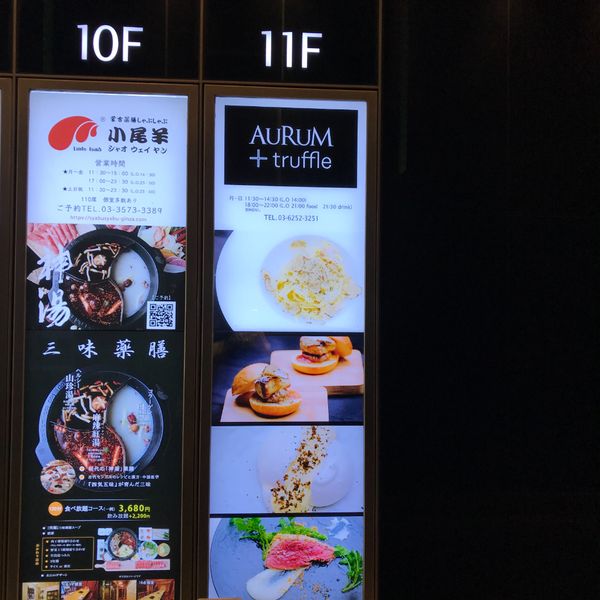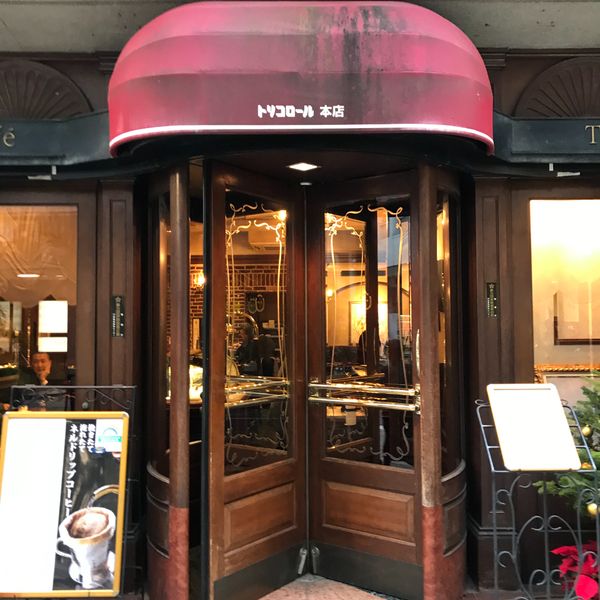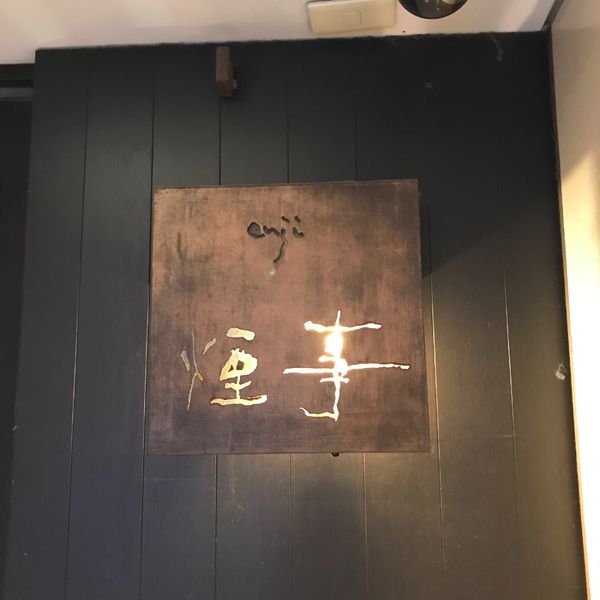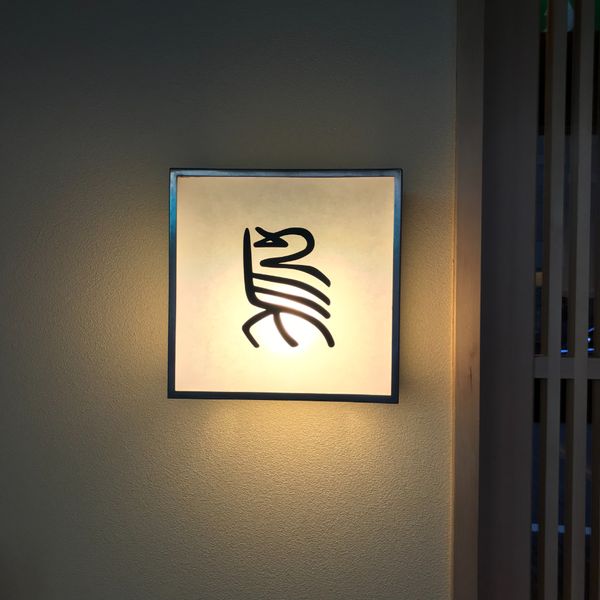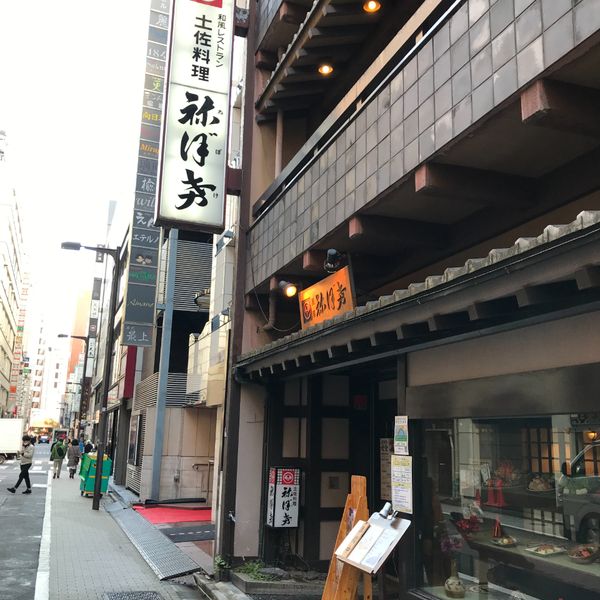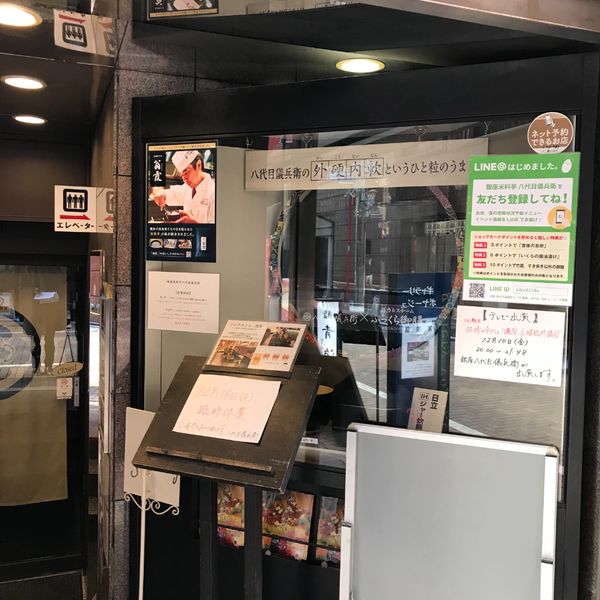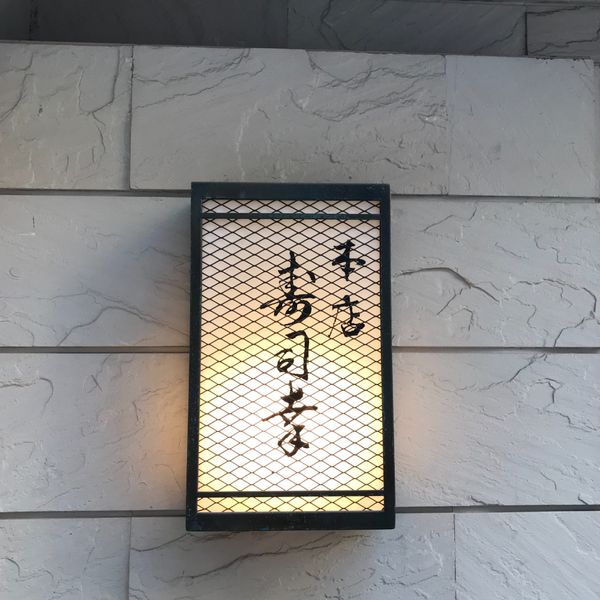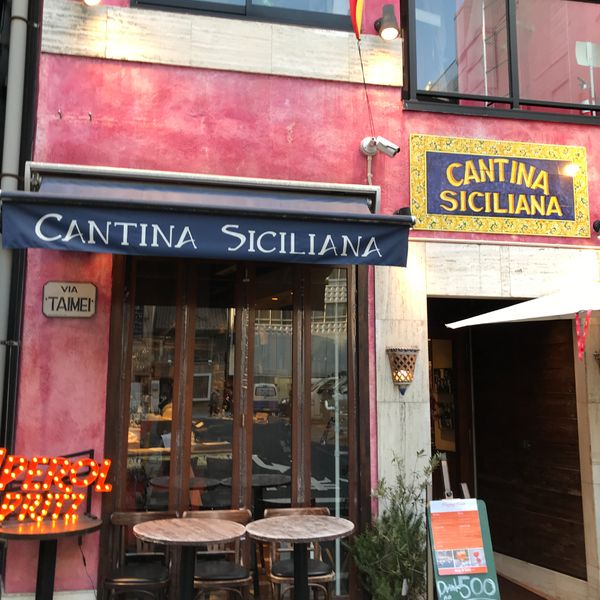GINZA NICKNAMED 11 STREETS~Walk Ginza, Feel Ginza.
Have you ever walked through Ginza and noticed there're both "streets that have sidewalks with steps"and "streets with no sidewalk"? Many of the streets that have sidewalks ,are extremely old streets first developed in Japan by the Ginza district in 1612. In contrast, ”streets with no side walk" are new streets established as shindo (new street) as a portion of a gutter system. This type of street was established as a fire prevention measure in Tokyo after the Great Fire of Meireki in1657. ginza.jp/en/tourist-map
関連するめっけブック
関連するめっけブック
紹介スポット
- 23件An Italian restaurant where you can enjoy premium truffle You can download the pamphlet in PDF through this link. ginza.jp/en/tourist-map It is available at the tourist centers around Ginza as well. ginza.jp/en/townguide/touristo...
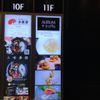
【Recommended lunch spot】Italian restaurant
An Italian restaurant where you can enjoy premium truffle You can download the pamphlet in PDF through this link. ginza.jp/en/tourist-map It is available at the tourist centers around Ginza as well. ginza.jp/en/townguide/touristo...
Ginza’s long-established café exuding atmosphere reminiscent of “the good old days” You can download the pamphlet in PDF through this link. ginza.jp/en/tourist-map It is available at the tourist centers around Ginza as well. ginza.jp/en/townguide/touristo...
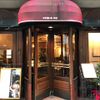
【Recommended lunch spot】A long-established cafe
Ginza’s long-established café exuding atmosphere reminiscent of “the good old days” You can download the pamphlet in PDF through this link. ginza.jp/en/tourist-map It is available at the tourist centers around Ginza as well. ginza.jp/en/townguide/touristo...
A bar to savor original food infused with smoked flavors in the evening You can download the pamphlet in PDF through this link. ginza.jp/en/tourist-map It is available at the tourist centers around Ginza as well. ginza.jp/en/townguide/touristo...

【Recommended lunch spot】Smoked food
A bar to savor original food infused with smoked flavors in the evening You can download the pamphlet in PDF through this link. ginza.jp/en/tourist-map It is available at the tourist centers around Ginza as well. ginza.jp/en/townguide/touristo...
Shigaraki-dori St. (Ginza 8-Chome)
The street named after the former tea shop Shigaraki Chaya.
Year of Naming: 1990 On the southernmost end of Shigaraki-dori stands a monument dedicated to Shiba-guchi Gomon (Shiba-guchi Gate). Shiba-guchi Gomon was constructed in 1710 in line with the 8th Joseon mission to Japan of 1711. Back when Shiba-guchi Gomon still stood, there was a place of respite named “Shigaraki Tea House” located over Shimbashi, just outside the gate. Even after Shiba-guchi Gomon was gone, the tea house was depicted in Edo Meisho Zue, an illustrated guide describing famous places, prepared in the late Edo period (mid-19th century), and was clearly a flourishing place. The street in front of Shigaraki Tea House was known as “Shigaraki Shinmichi.” That name was revived in the modern era to be used in the naming of “Shigaraki-dori.” You can download the pamphlet in PDF through this link. ginza.jp/en/tourist-map It is available at the tourist centers around Ginza as well. ginza.jp/en/townguide/touristo...

The street named after the former tea shop Shigaraki Chaya.
Year of Naming: 1990 On the southernmost end of Shigaraki-dori stands a monument dedicated to Shiba-guchi Gomon (Shiba-guchi Gate). Shiba-guchi Gomon was constructed in 1710 in line with the 8th Joseon mission to Japan of 1711. Back when Shiba-guchi Gomon still stood, there was a place of respite named “Shigaraki Tea House” located over Shimbashi, just outside the gate. Even after Shiba-guchi Gomon was gone, the tea house was depicted in Edo Meisho Zue, an illustrated guide describing famous places, prepared in the late Edo period (mid-19th century), and was clearly a flourishing place. The street in front of Shigaraki Tea House was known as “Shigaraki Shinmichi.” That name was revived in the modern era to be used in the naming of “Shigaraki-dori.” You can download the pamphlet in PDF through this link. ginza.jp/en/tourist-map It is available at the tourist centers around Ginza as well. ginza.jp/en/townguide/touristo...
A tempura restaurant with Edomae (Tokyo style) appeal presenting tempura drawing out the deliciousness of each ingredient with masterful culinary techniques You can download the pamphlet in PDF through this link. ginza.jp/en/tourist-map It is available at the tourist centers around Ginza as well. ginza.jp/en/townguide/touristo...

【Recommended lunch spot】Tempura store
A tempura restaurant with Edomae (Tokyo style) appeal presenting tempura drawing out the deliciousness of each ingredient with masterful culinary techniques You can download the pamphlet in PDF through this link. ginza.jp/en/tourist-map It is available at the tourist centers around Ginza as well. ginza.jp/en/townguide/touristo...
Ginza Torishige
【Recommended lunch spot】A long-established yakitori restaurant
A yakitori place with history dating back to 1931 offering an exclusive lunch menu You can download the pamphlet in PDF through this link. ginza.jp/en/tourist-map It is available at the tourist centers around Ginza as well. ginza.jp/en/townguide/touristo...

【Recommended lunch spot】A long-established yakitori restaurant
A yakitori place with history dating back to 1931 offering an exclusive lunch menu You can download the pamphlet in PDF through this link. ginza.jp/en/tourist-map It is available at the tourist centers around Ginza as well. ginza.jp/en/townguide/touristo...
Neboke
【Recommended lunch spot】A restaurant where you can enjoy Kaiseki cuisine
Over a century-old, Neboke specializes in Tosa (Kochi region) cuisine and offers a kaiseki lunch menu *Located between Nishi Gobangai-dori and Kenban-dori. You can download the pamphlet in PDF through this link. ginza.jp/en/tourist-map It is available at the tourist centers around Ginza as well. ginza.jp/en/townguide/touristo...

【Recommended lunch spot】A restaurant where you can enjoy Kaiseki cuisine
Over a century-old, Neboke specializes in Tosa (Kochi region) cuisine and offers a kaiseki lunch menu *Located between Nishi Gobangai-dori and Kenban-dori. You can download the pamphlet in PDF through this link. ginza.jp/en/tourist-map It is available at the tourist centers around Ginza as well. ginza.jp/en/townguide/touristo...
Hachidaime Gihe-e
【Recommended lunch spot】Japanese restaurant run by a rice shop
Kyoto traditional-style dining offering patrons delicious Japanese traditional meals with meticulously-prepared rice You can download the pamphlet in PDF through this link. ginza.jp/en/tourist-map It is available at the tourist centers around Ginza as well. ginza.jp/en/townguide/touristo...

【Recommended lunch spot】Japanese restaurant run by a rice shop
Kyoto traditional-style dining offering patrons delicious Japanese traditional meals with meticulously-prepared rice You can download the pamphlet in PDF through this link. ginza.jp/en/tourist-map It is available at the tourist centers around Ginza as well. ginza.jp/en/townguide/touristo...
Ginza Sushiko Honten
【Recommended lunch spot】A long-established sushi restaurant
A famous Edo-mae zushi (nigirizushi) restaurant continuing to carve history in Ginza You can download the pamphlet in PDF through this link. ginza.jp/en/tourist-map It is available at the tourist centers around Ginza as well. ginza.jp/en/townguide/touristo...
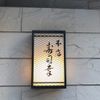
【Recommended lunch spot】A long-established sushi restaurant
A famous Edo-mae zushi (nigirizushi) restaurant continuing to carve history in Ginza You can download the pamphlet in PDF through this link. ginza.jp/en/tourist-map It is available at the tourist centers around Ginza as well. ginza.jp/en/townguide/touristo...
A place to enjoy casual Sicilian dining You can download the pamphlet in PDF through this link. ginza.jp/en/tourist-map It is available at the tourist centers around Ginza as well. ginza.jp/en/townguide/touristo...

【Recommended lunch spot】 Sicilian restaurant
A place to enjoy casual Sicilian dining You can download the pamphlet in PDF through this link. ginza.jp/en/tourist-map It is available at the tourist centers around Ginza as well. ginza.jp/en/townguide/touristo...
